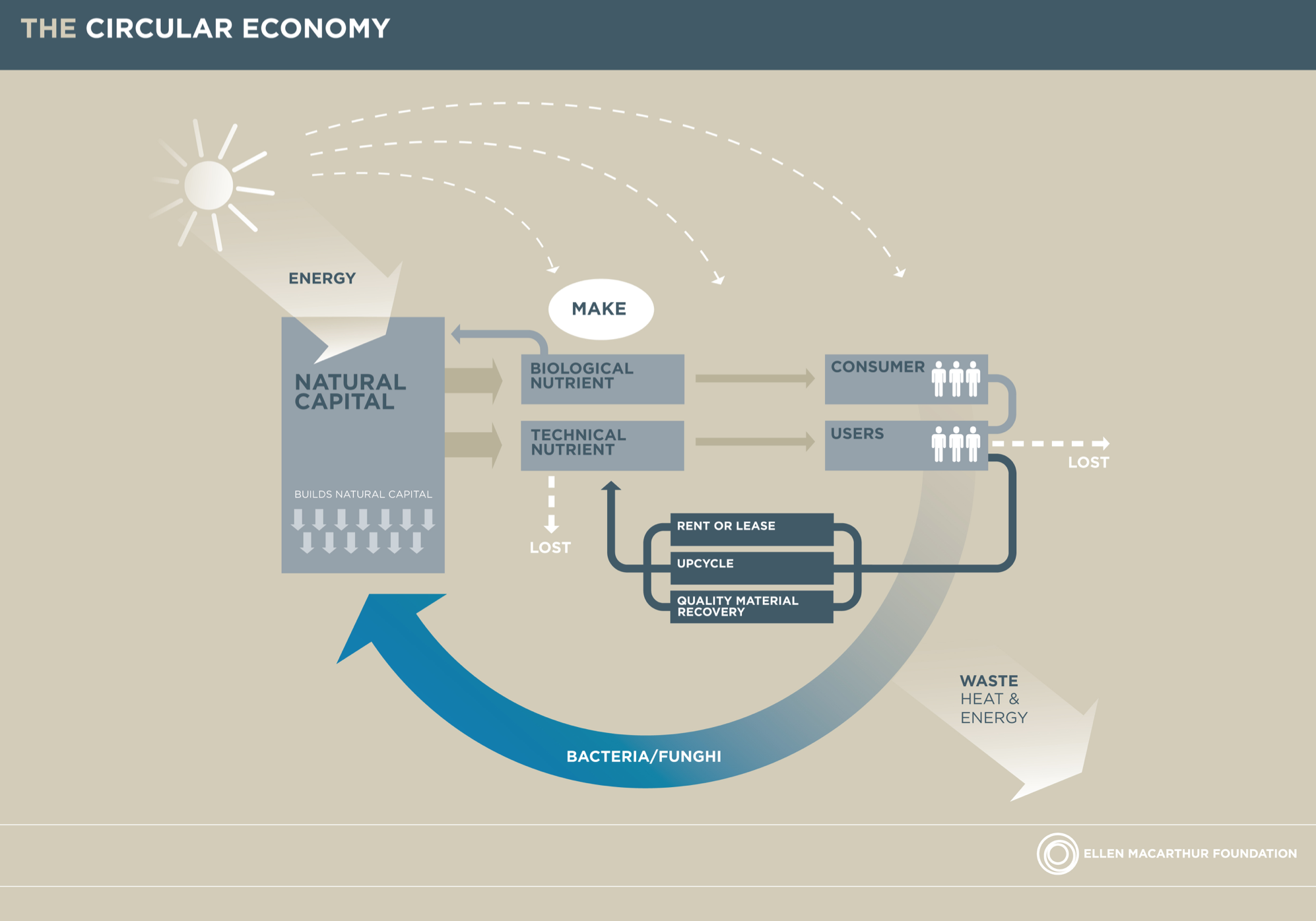 By: Kendall Gillen, LEED Process Management,
By: Kendall Gillen, LEED Process Management,
Emerald Skyline Corporation
The concept of waste is well known in today’s linear consumerist society. Once a material or substance is no longer considered useful, it is discarded and left in the hands of waste management. The conversion of waste materials into reusable materials helps to reduce the amount of waste and the consumption of raw materials, otherwise known as recycling. Since both of these concepts have been around for most of human history, and we are still producing alarming amounts of waste, 251 million tons of which only 34.5% is recycled in the U.S. according to the EPA, it is clear that responsible management of waste is essential to sustainable building.
Designing for responsible waste management and sustainable building requires a plan so that it can be carried through from construction/renovation to operations and maintenance. The LEED credit(s) on solid waste management call for diversion of both construction and demolition debris from landfills and incineration facilities. Instead, these materials should be properly redirected back into the manufacturing process or sent to the proper facilities for sorting and reuse. In addition, regular building operations must include a recycling plan to sort materials by category such as paper, plastic, glass, cardboard, food waste, and metals. For more information on the intent and requirements of the solid waste management credit, please visit the USGBC website. Not only does having a plan have a better impact on the environment, sustainable waste management has many other incentives such as valuable resources found in waste, taxes, reduced transportation costs, and growing public awareness of environmental stewardship.
Reducing waste and increasing reuse and recycling are critical, but some have even posed the question whether or not we could change the way we view waste altogether. The circular economy concept is gaining momentum which accentuates keeping resources in use for as long as possible, extract maximum value from products, and repurpose them at the end of their life. To quote Stacy Glass of Cradle to Cradle Products Innovation Institute, whose aim is to eliminate the concept of waste rather than just reduce waste:
“For too long, the value has been simply put on recycling with no concern for what that material is and if it has a valuable second or even third life. Recycling is dealing with the problems of past design. We need to change the emphasis to be: safe ingredients, perpetually cycled, design in ways that harmonize with humans and the environment. The future is nutrient management, not waste management.”
The Ellen MacArthur Foundation has wonderful educational resources pertaining to the circular economy, including this aesthetic and informative General Resources Map.
As a graduate with a Bachelor’s degree in Biological Science, I find the circular economy concept to be brilliant as it emphasizes Biomimicry, or mimicking the processes already found in nature. However, our existing linear economy will require a changing mindset that ultimately lies with the demand by individual consumers as well as the supply side that must switch from cheaply made goods to goods designed with the intent of “made to be made again,” meaning quality ‘nutrients’ or materials.
Since construction and demolition waste constitutes nearly one-third of all waste, it is necessary that the industry be methodically directed toward a circular economy, minimizing waste and maximizing value. Using the following methods and many others, construction waste can be limited by:
- Developing a construction waste management plan
- Identifying and sorting materials such as drywall, lumber, concrete, plastics, etc. that can be reused or recycled
- Salvaging materials such as doors and windows for future use
- Chipping branches and trees to use as landscaping mulch
- Purchasing in bulk to reduce packaging waste
Buildings should be dismantled and sorted rather than demolished, which is a core principle of the LEED program. Emerald Skyline Corporation can handle the management of this process. Please visit the website for more information. The same goes for construction in that the building materials themselves need to be designed for eventual disassembly. What do you think it will require for the industry to make this shift?
One point is evident, and that is the fact that the future of waste management, recycling, reuse, and how we view these constructs is changing to meet the demands of our global economy as well as preserve our natural resources. As professionals in the sustainable building industry, we must all do our part to encourage the responsible disposable of solid waste by redirecting recyclable resources back to the manufacturing process and reusable materials to appropriate sites.
http://www.wm.com/thinkgreen/pdfs/2014_Sustainability_Report.pdf
http://www3.epa.gov/epawaste/nonhaz/municipal/pubs/2012_msw_fs.pdf
http://www.ellenmacarthurfoundation.org/

